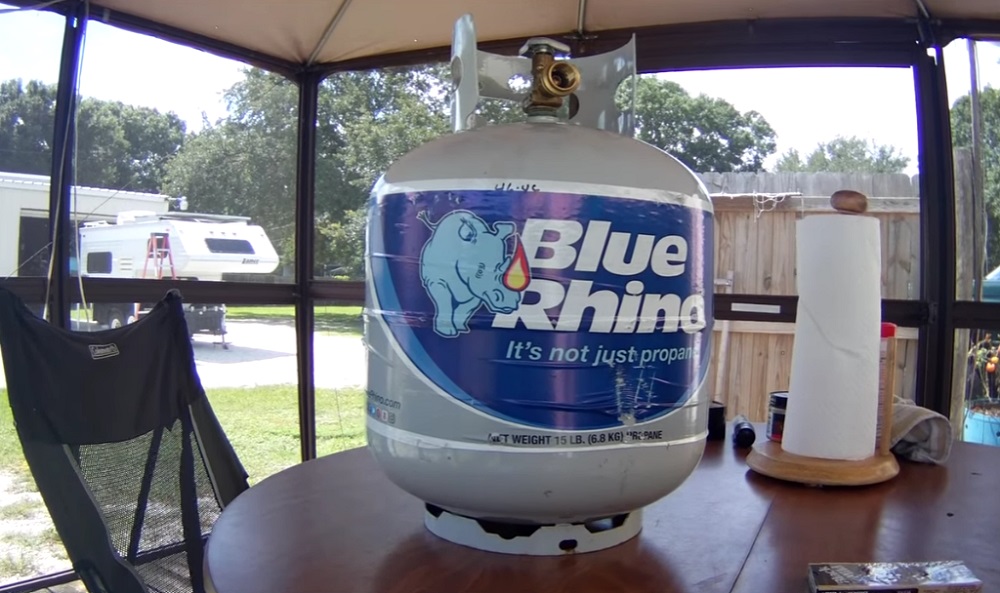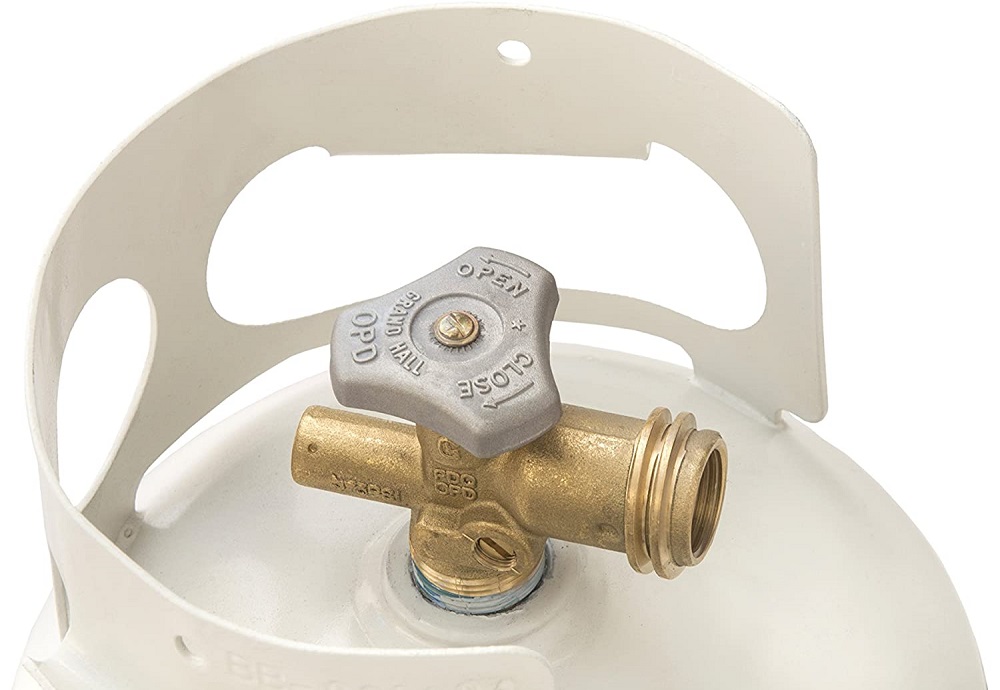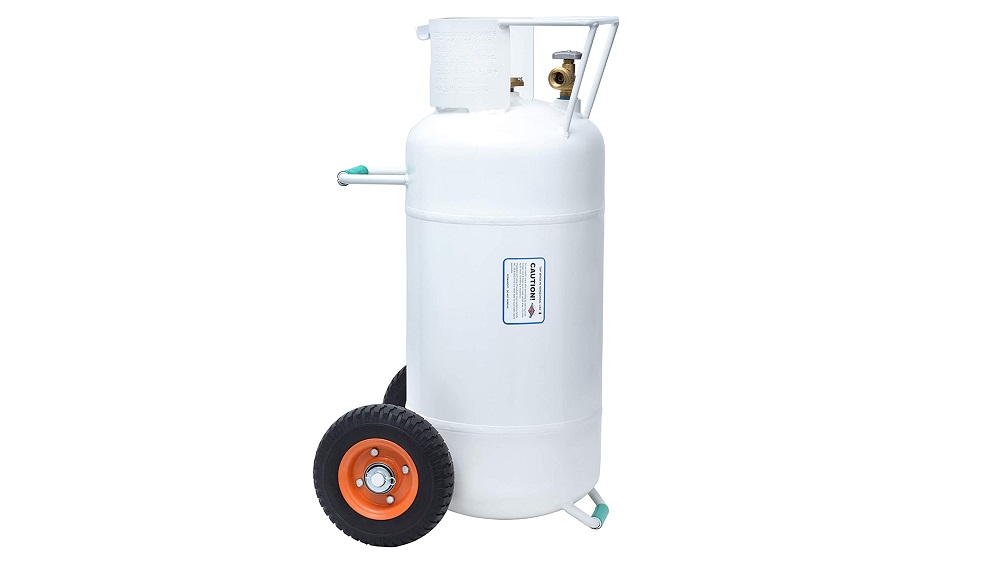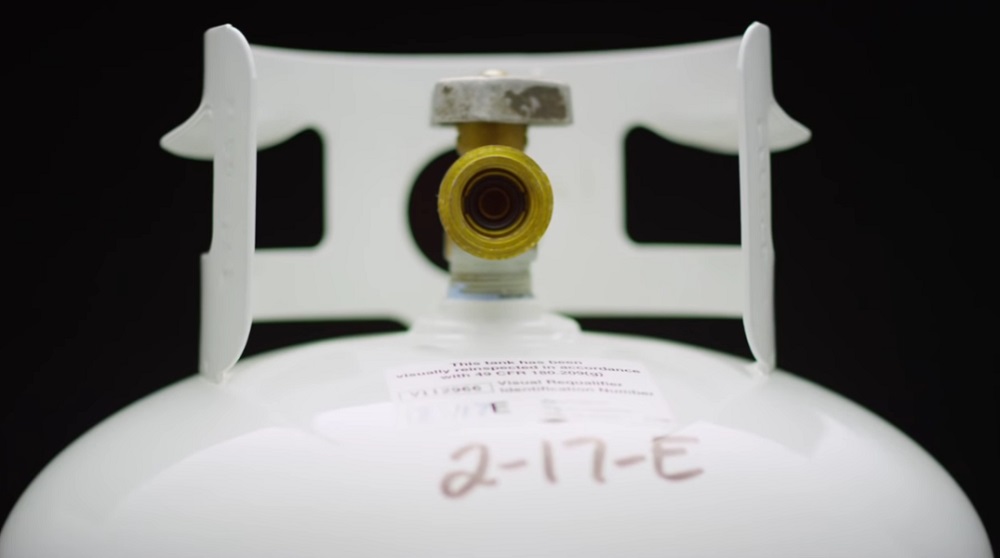One of the most critical decisions a homeowner can make is determining the size of their home’s propane tank. Whether you need a propane tank for heating purposes or a backyard barbecue, investing in an incorrectly-sized tank can mean flushing hundreds or even thousands of dollars down the drain. Most homeowners think that this problem is easily avoidable because—to be frank—it is. Still, you need to have a pretty good understanding of different propane tank sizes before settling on a particular size.

Why Size Matters
We’ll be upfront with you and tell you that buying an oversized propane tank isn’t the worst thing in the world. It means having to dedicate more floor space or backyard space to the tank, but that’s just about the only disadvantage.
On the other hand, if you get a tank that’s far too small for your heating needs, then you can end up in quite a bit of trouble. Every time you place an order for a propane tank, you have to pay for transport, which can accumulate to quite a hefty sum over the years.
Gallons and Pounds
Only when you’re manually lifting a tank from one place to another. If not, then the weight of a propane tank is irrelevant at best. Now, if you’re wondering how much fuel is left in the tank, the tank’s size in gallons won’t be of much help. In this case, measuring the tank’s weight would draw a clearer picture.
That said, most homeowners won’t have a clear idea of how much propane weighs, nor will the need ever arise. Instead, it’s a lot easier to calculate how long a tank of propane can last based on past experience.
Common Propane Tank Sizes
Don’t worry if this is your first time purchasing a tank; that’s what we’re here for. Below, you can learn about the most common propane tank sizes (weight and gallons) in order from smallest to largest. We’ll also include brief descriptions of their most common uses and advantages.
Note: Please consider that propane tanks contain up to 80% of its max gallon capacity. For instance, a 100-gallon tank contains just 80 gallons at most.

20-pound or 4.6-gallon Tank
20-pound tanks measure 18 inches tall and about 12 inches in diameter. Being the smallest size available, these tanks are easy to lift and move. You’ll often find 20-pound tanks used for backyard barbecues, portable generators, or patio heaters. When the tank runs empty, you need to exchange it for a fresh one at a refill station.
33-pound or 8-gallon Tank
33-pound tanks are roughly 26-3/4 inches in height and 12-1/2 inches in diameter. These are commonly known as forklift propane tanks and are used at construction sites and small-scale farms. That said, homeowners could also find use in a larger tank that provides more fuel for longer-lasting outdoor heating and cooking. Again, you’ll have to exchange an empty tank for a fresh one at a refill station.
100-pound or 25-gallon Tank
100-pound tanks and larger can be used for commercial purposes at construction sites, farms, but homes with several propane appliances would also benefit from such a large-capacity tank. These tanks measure in at 4 feet in height and 18 inches in diameter.
While heavy, it’s possible to move a 100-pound tank around, but you’ll need a second or third pair of hands for the job. Don’t worry about taking the tank to a refill station; at-home exchange services are available in most cities.
Dual-100-pound Tanks
100-pound tanks can be set up in a line of two to provide twice as much heating, cooking, and powering of light-duty machinery. A dual-tank setup requires the use of a regulator with a switchover valve.
When the regulator senses that one tank is empty, it’ll automatically trigger the switchover valve and begin drawing propane from the second tank. A red and green indicator will notify you when you need to refill each of the tanks.

420-pound or 120-gallon Tank
A 420-pound tank measures about 54 inches in height and 30 inches across. These tanks are mainly used for homes and small farms but can also come in handy in commercial kitchens and dry cleaners.
Portability is out of the question, and you’ll need to rely on an on-site refill service to top off the tank. These tanks are typically installed against the exterior wall of a building. You can even connect two 420-pound tanks with a regulator and switch valve if a 250- or 500-gallon isn’t feasible.
250-gallon Tank
250-gallon propane tanks can cover both residential and light-duty commercial projects. Homeowners with pools, portable generators, water heaters, and multiple propane appliances might benefit from having such a large tank at home, provided they find a spot to keep the 7-foot-10-inch-long tank out of the way.
If you’re considering purchasing a 250-gallon tank or larger for your home or garden, then you can begin considering inground installation.

500-gallon Tank
500-gallon tanks are on the lower-level capacity of commercial purposes. These tanks measure in at 9 feet and 10 inches in length by roughly four feet in diameter.
Finding a spot for a 500-gallon tank requires placing it at least 10 feet away from buildings and property lines. Homeowners can benefit from 500-gallon tanks if they have multiple propane appliances or need a backup source of power for a compatible generator.
1,000-gallon Tank
Homeowners can forget about purchasing a 1,000-gallon tank in their backyard. These 16-foot-long tanks can be costly to install and refill. That said, if you can spring it, you might end up saving money on propane in the long term with a 1,000-gallon tank.
That said, these tanks are mainly used for commercial purposes to provide fuel to several high-BTU-load appliances and tools at the same time. There are precise requirements for owning and installing such a high-capacity tank, so make sure you check with your city before you invest in such a high-capacity tank.
What Is the Ideal Propane Tank Size for Me?
It really depends on what you need a propane tank for. Frequent BBQ-ers can certainly get by with a 20- or 33-pound tank. As for homes furnished with propane-heavy appliances like radiators, pool heaters, water heaters, and stoves, you should aim for at least a 100-pound tank.
If you have any questions or comments, please add them below in the comment section. Similarly, please let us know if you spot any mistakes or omissions. Thanks!
Last Update: 2024-04-19 | Affiliate links/Images from Amazon Product Advertising API



